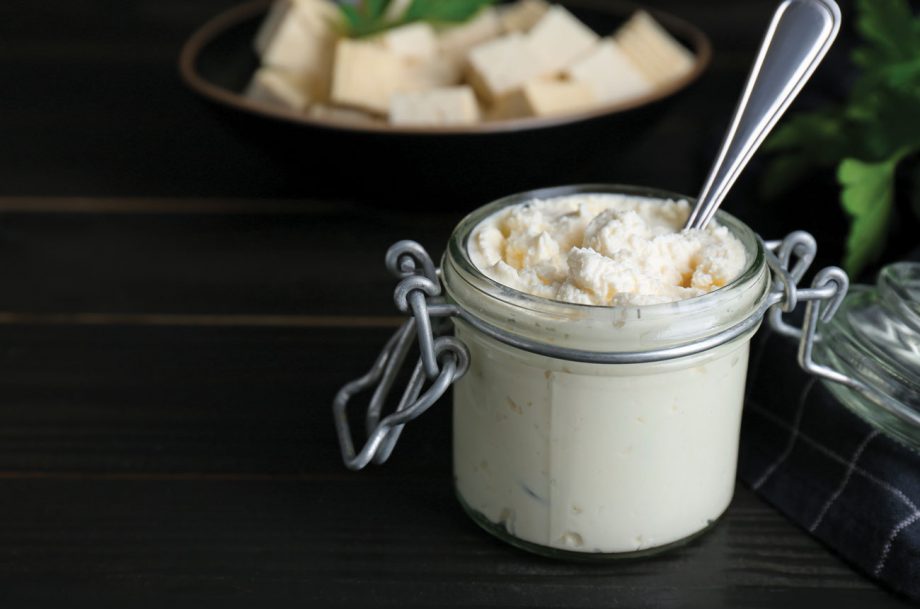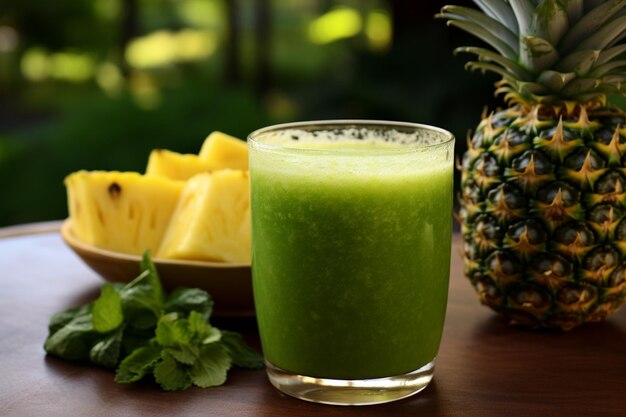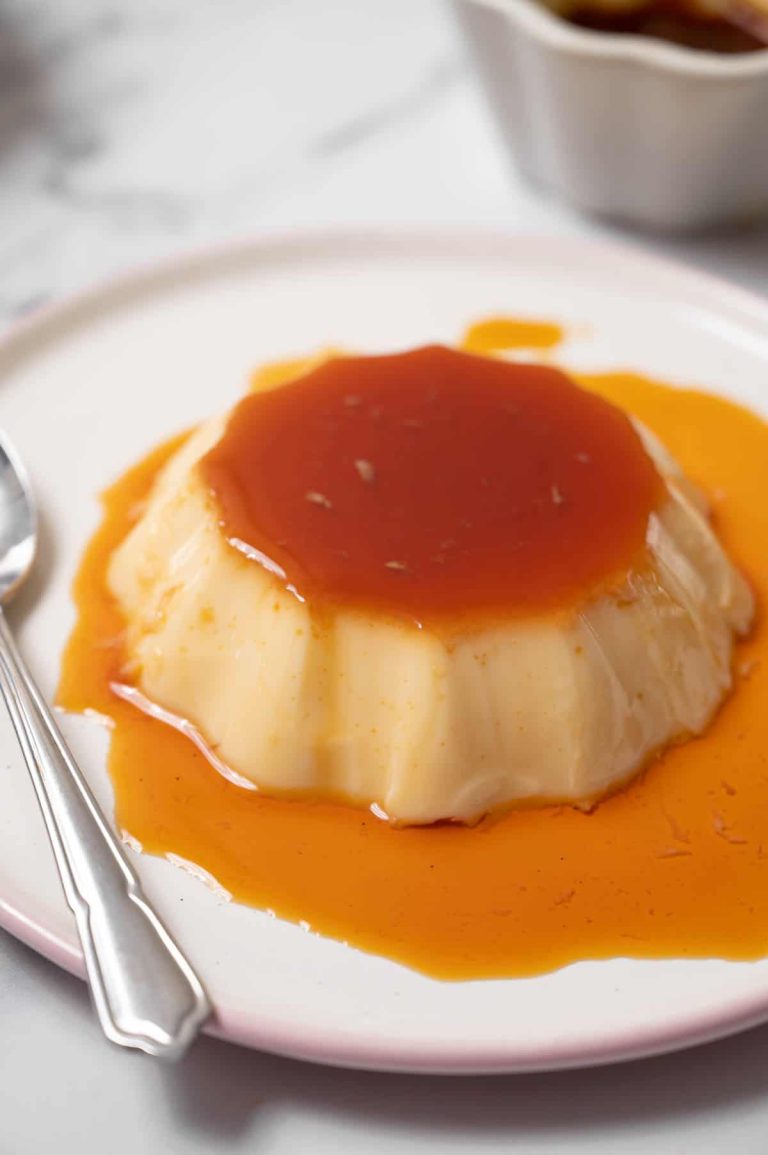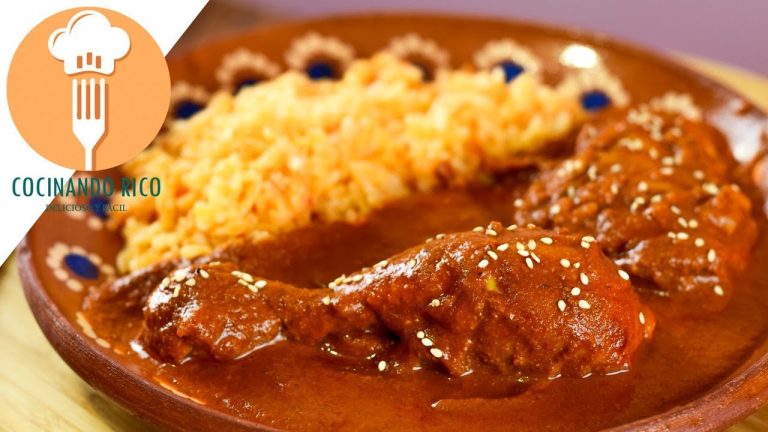Sweet and Sour Pork: Recipe, Regional Variations, and Perfect Pairings
Sweet and Sour Pork dates back to ancient China, where it originated in the Guangdong Province. The dish initially served as a traditional Cantonese entrée, commonly found in Chinese home cooking. Early recipes combined just a few core ingredients: pork, sugar, vinegar, and soy sauce, ensuring a balance of flavors.
Evolution and Global Spread
Sweet and Sour Pork evolved as Chinese immigrants introduced it to various countries. In the early 20th century, the dish gained popularity in North America and Europe, often adapted to incorporate local tastes. For example, American-Chinese versions added pineapple and bell peppers. Today, Sweet and Sour Pork holds a significant place in global Chinese cuisine menus, representing culinary fusion and cultural exchange.
Key Ingredients and Variations
Classic Ingredients in Sweet And Sour Pork
Sweet and Sour Pork uses key ingredients to create its distinctive taste. Pork is the primary protein, typically cut into bite-sized pieces and coated with a batter made from cornstarch and egg. This creates a crispy texture when fried.
The sauce combines sugar, vinegar, ketchup, and soy sauce, giving the dish its sweet and tangy flavor. Bell peppers and onions add crunch and color, enhancing the dish’s visual appeal. Pineapple chunks often provide additional sweetness and tropical notes.
Regional Variations
Sweet and Sour Pork has diverse variations based on regional preferences. In North America, the dish often includes more pineapple and bell peppers, catering to local tastes. In Europe, you might find variations with added tomato sauce for a richer color and flavor.
In Southeast Asia, variations sometimes use different proteins like chicken or shrimp. Each region adapts the base ingredients to suit local palates, creating unique versions of this classic dish.
How to Cook Sweet And Sour Pork
Preparing the Pork
Cut pork into bite-sized pieces, about 1-inch cubes. Use pork shoulder for its tender texture after cooking. Coat each piece in cornstarch to ensure a crispy exterior when fried. Prepare a beaten egg in a separate bowl. Dip each cornstarch-coated piece into the egg, and then re-coat with cornstarch. This double-coating helps create an extra-crispy layer.
Heat oil in a deep pan to 350°F (175°C). Fry the coated pork pieces in batches, avoiding crowding to maintain consistent heat. Fry until golden brown, around 3-4 minutes per batch. Remove and drain on paper towels. Set aside the fried pork while preparing the sauce.
Creating the Perfect Sauce
Mix 1/4 cup sugar, 1/4 cup vinegar, 1/4 cup ketchup, 2 tablespoons soy sauce, and 1 tablespoon cornstarch slurry (1 tablespoon cornstarch mixed with 2 tablespoons water). Whisk the ingredients until smooth to create a balanced sweet and sour base. Adjust the sugar and vinegar to taste if needed, based on personal preference.
In a large pan, heat a small amount of oil over medium heat. Add chopped onions and bell peppers, cooking until they begin to soften, around 3 minutes. Add pineapple chunks, stirring to combine. Pour in the prepared sauce, stirring constantly until it thickens. Once the sauce reaches the desired consistency, add the fried pork pieces. Toss everything together, ensuring each piece is well-coated with the sauce. Cook for an additional 2 minutes, allowing the flavors to meld.
Serve Sweet and Sour Pork hot, garnished with chopped green onions if desired. Enjoy as part of a meal or with steamed rice.
Pairing Sweet And Sour Pork
Best Sides and Accompaniments
Complement Sweet and Sour Pork with rice, which balances the dish’s flavors and absorbs the sauce. Fried rice, with vegetables and scrambled eggs, provides additional texture. Steamed jasmine rice offers a fragrant option. Noodles, suitable for saucy dishes, come as Singapore noodles with curry or simple stir-fried noodles. Incorporate vegetables like stir-fried bok choy or steamed broccoli to add a fresh element. Spring rolls and dumplings bring contrasting textures when served alongside.
Wine and Beverage Pairings
Select beverages to enhance the flavors of Sweet and Sour Pork. Wine options include Riesling or Moscato, both with sweetness that complements the dish. Chardonnay’s oaky flavor contrasts well with the sweet and sour notes. Beers like a Belgian witbier or a light pilsner provide refreshing options. Non-alcoholic choices such as green tea or iced jasmine tea cleanse your palate between bites. Sparkling water with a splash of citrus offers a crisp alternative.
Conclusion
Sweet and Sour Pork offers a delightful blend of flavors that can be easily tailored to your taste. Whether you stick to traditional recipes or explore regional variations, this dish never fails to impress. Pairing it with the right sides and beverages can further elevate your dining experience. So next time you’re in the mood for something both comforting and exciting, give Sweet and Sour Pork a try. Your taste buds will thank you!






